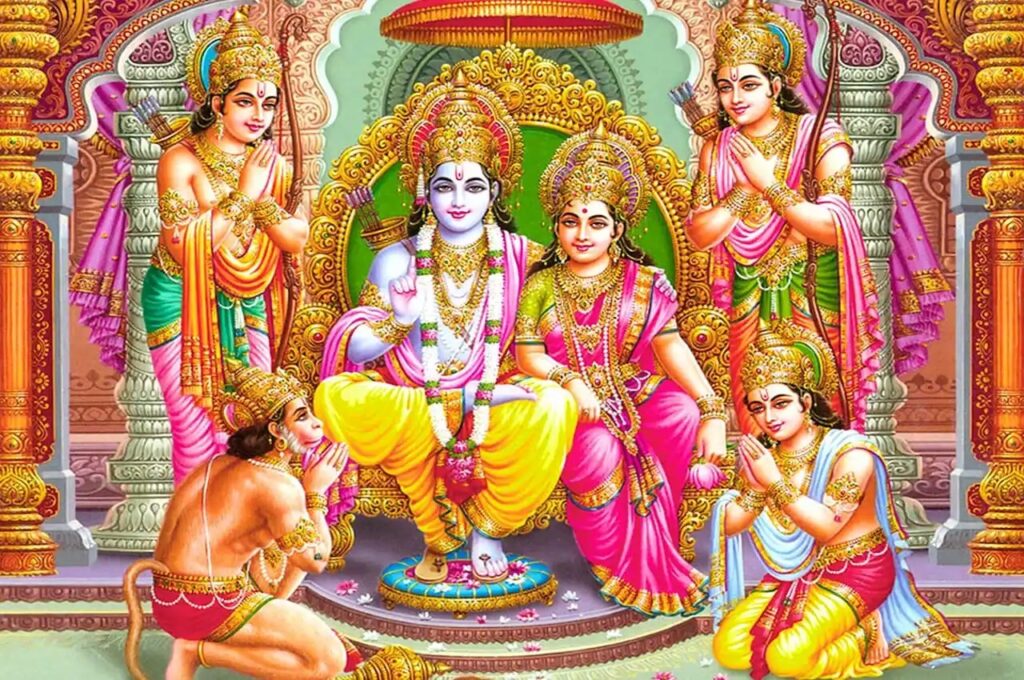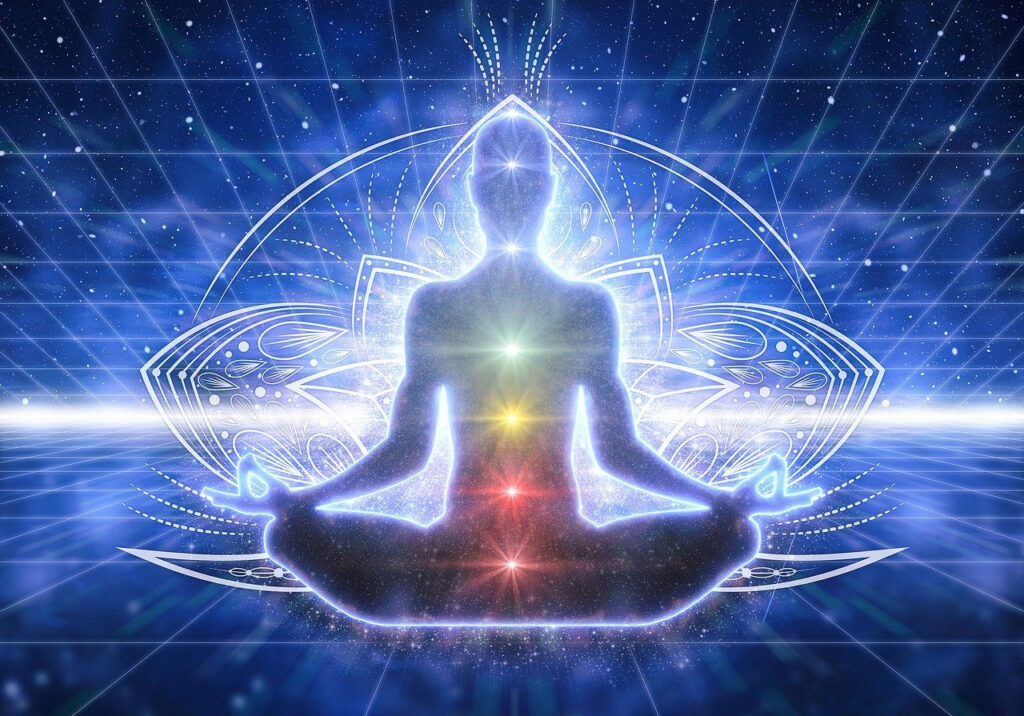Vishnu Purana
The Vishnu Purana is one of the eighteen Mahapuranas, ancient Indian texts that are part of the broader Puranic literature in Hinduism. As its name suggests, it primarily focuses on Lord Vishnu, the preserver deity of the Hindu trinity (Brahma the creator, Vishnu the preserver, and Shiva the destroyer).
Overview of the Vishnu Purana
Language: Sanskrit
Attributed to: Sage Parāśara, father of Vyasa
Composed: Estimates vary, but likely between the 3rd and 10th centuries CE
Structure: Divided into six books (Amsas)
Main Themes
Cosmology and Creation
Describes the creation of the universe, cosmology, the nature of time (Yugas), and cycles of creation and destruction.
Genealogies of Gods, Sages, and Kings
Offers detailed genealogies of the solar and lunar dynasties, including stories of famous kings like Ikshvaku and Harishchandra.
Legends and Myths
Narratives of Lord Vishnu’s avatars, especially Krishna and Rama.
Emphasis on dharma (righteous living) and bhakti (devotion).
Moral and Philosophical Teachings
Discusses Vishnu as the supreme deity, the nature of the soul, karma, and moksha (liberation).
Strong Vaishnavite (devotional) philosophy.
Geography and Astronomy
Contains mythological geography of Jambudvipa and surrounding continents.
Descriptions of planetary movements and cosmic cycles.
Rituals and Duties
Details about daily duties, rites of passage, social conduct, and festivals.
Notable Elements
Bhagavata-style devotion: Like the Bhagavata Purana, it promotes intense devotion to Vishnu and his avatars.
Historical elements: Though mythological, it preserves ancient dynastic lists that historians find useful.
Influence: Shaped Vaishnavism, especially in medieval India.





Pingback: Know about our Purans - Vaidik Puja